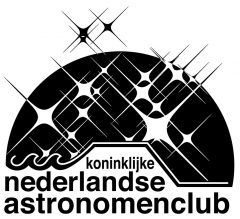Oral Abstract
Oral Contribution (O0.1) Marie Van de Sande (KU Leuven)
Dust-gas chemistry within AGB outflows: impact on the gas-phase chemistry and the ISM
Chemical models of AGB outflows can be divided into two main groups, either modelling non-equilibrium chemistry in the inner region or photon-induced chemistry in the outer region. The chemistry of the intermediate dust-forming region, where solid-state dust grains and gas-phase molecules are present at large densities, had not been modelled in detail. We implemented a comprehensive dust-gas chemistry in our chemical kinetics model, connecting the chemistry of the intermediate wind to that of the outer wind for the first time.We find that dust-gas interactions can significantly impact the gas-phase chemistry. Gas-phase molecules can be depleted onto the dust, forming an ice mantle. Moreover, the depletion level depends on the grain-size distribution of the dust. This depletion level is observationally retrievable using molecular lines, opening up a new way to constrain the elusive grain-size distribution of AGB dust. Finally, to quantify the contribution of AGB outflows to the refractory mantles around interstellar dust, we included photoprocessing of volatile ices into inert refractory material. Although the average contribution is too low to influence the interstellar medium (ISM), the refractory coverage of carbon-rich dust can reach up to 8-22%.
Our findings show that it is crucial to take dust-gas chemistry into account when interpreting current high-resolution observations of AGB outflows. Additionally, doing so returns crucial information about the dust itself, essential to both AGB outflows and the ISM. We also highlight the need for an improved understanding of the dynamics within AGB outflows, and of dust formation and evolution.
